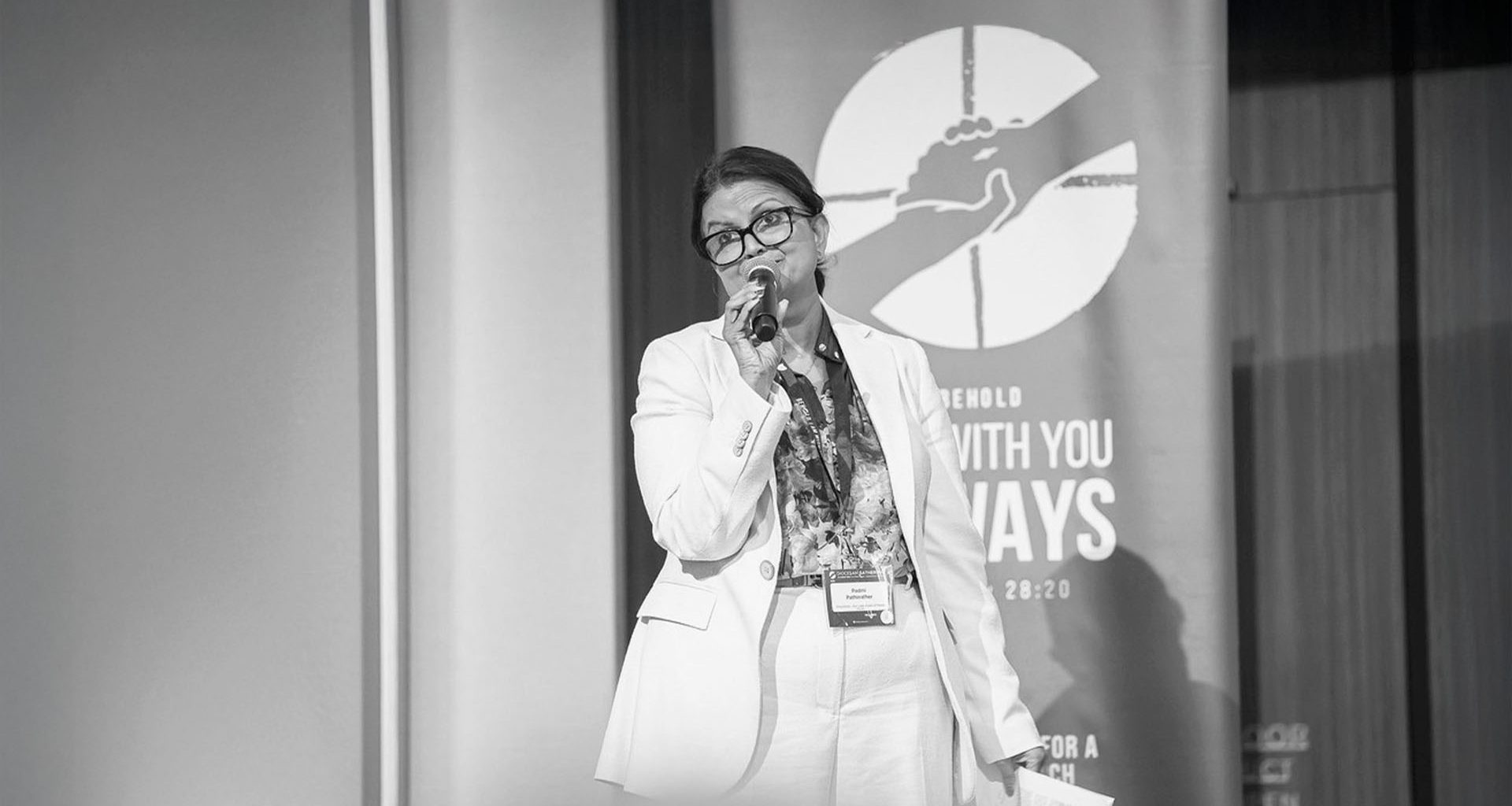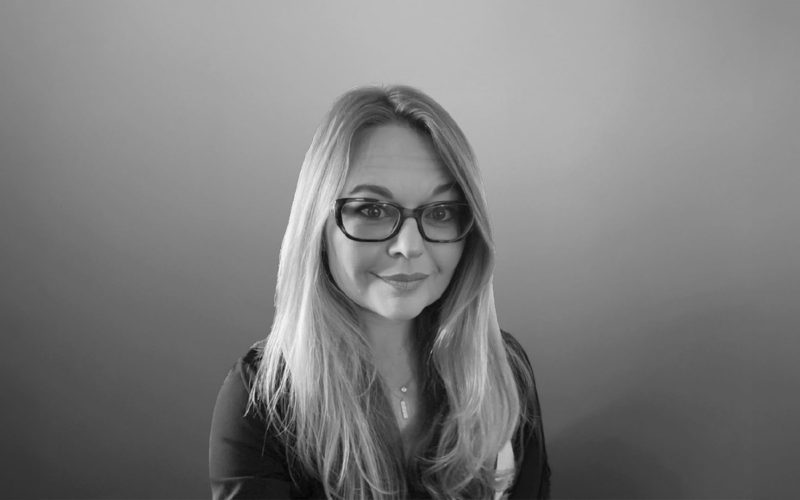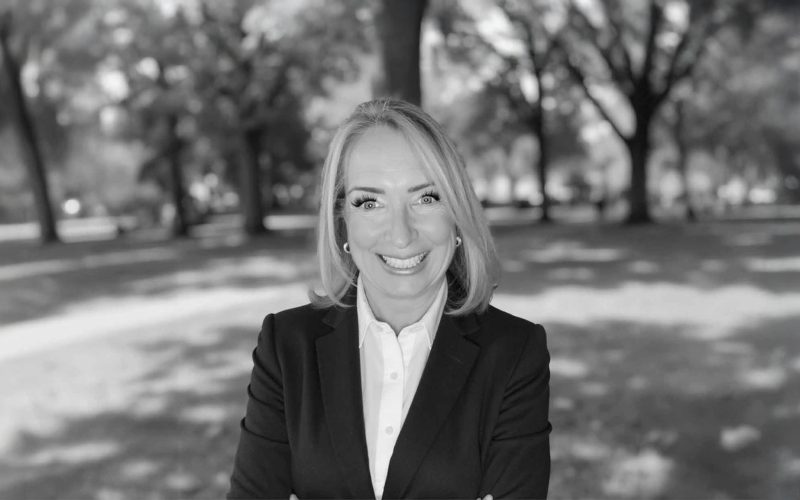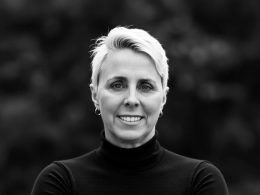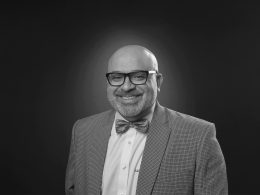The future of healthcare innovation isn’t about creating the next blockbuster drug or cutting-edge medical device. It’s about building leaders who understand why they’re innovating in the first place and that’s what healthcare veteran Padmi Dissanayake advocates through her work. At her company Lotus Transformation, she’s tackling a challenge that’s often overlooked in healthcare’s rush toward the future: helping leaders connect innovation with a real purpose. Her approach, centered on what she calls the SHIFT model, is changing how emerging healthcare executives think about everything from patient care to workforce development.
Redefining Leadership with the SHIFT Model
Through Lotus Transformation, Padmi has developed what she calls the SHIFT model. It might sound like another business acronym, but at its core, it’s about helping leaders figure out what really matters. “It starts with self-awareness,” she explains. “What does it mean for someone to be self-aware? What’s their sense of purpose? What’s the societal awareness that one has when setting the strategic direction of the organization?” These aren’t just philosophical questions – they’re the foundation for how modern leaders approach problems. She’s noticed that the next generation of leaders naturally think differently about business, their people and society. They care about environmental and social impact, and they leverage the strength of diverse human skills and broader eco-system. Padmi has partnered with several sales’ representative in her time as the HR Leader and have closely observed how these talented team members have successfully transitioned to CEO’s of large multinationals. “They’re inclusive in their way of thinking, collaborative in the way they approach their work. and focus on co-creating the design of products and service offerings that meet the diverse needs of society.
Shaping Holistic Healthcare Solutions
Healthcare innovation isn’t just about creating new drugs or devices anymore. Padmi sees leaders taking a much broader view. “These innovative leaders are thinking about holistic healthcare,” she says. “They’re looking at multi-disciplinary approaches around that patient-centric approach. They’re not just trying to solve one thing – they’re trying to solve a very complex human makeup.” This means leveraging everything from AI to big data, but always with the patient’s quality of life in mind. It’s about creating targeted, personalized solutions rather than one-size-fits-all approaches.
One of the biggest challenges Padmi sees is balancing short-term needs with long-term vision. She gives an interesting comparison: “In the devices environment, they’re very driven commercially by quarterly numbers. But in the pharma world, they’re constantly looking at the 10 to 15-year horizon.” Her advice? “You need those quarterly targets – yes, absolutely. But you need to envision the 3-to-5-year horizon. This is the second phase of her SHIFT model.” Without this longer view, innovation can’t be unleashed, which seamlessly leads to the third phase of her model.
Welcoming Fresh Perspectives in Leadership
Here’s a thought that might challenge the status quo: Padmi believes that too much industry experience can sometimes limit leaders. “What got you through the last 20 years will only take you so far,” she notes. “But what’s the opportunity cost of the insights you’ve missed because you’ve been in the same sector for so long?” This is why she champions the value of fresh perspectives. Often, the most innovative ideas come from those who aren’t constrained by what’s considered “impossible” within an industry.
One of the biggest issues keeping Padmi up at night is healthcare’s workforce shortage. Her solution starts early: getting students excited about healthcare careers before they’ve even chosen their path. But it’s not just about doctors and nurses. “Sometimes we focus so heavily on the commercial or service delivery talent,” she says, “and we forget that to lift these areas, organizations require sound infrastructure and talent around marketing, customer experience, IT, finance, and People & Culture, ideally from diverse backgrounds, and experience.”
Padmi’s SHIFT model is about connecting all elements across business, customer, people and purpose. It’s about helping leaders understand both their personal values and how those fit into bigger organizational changes. “As we expose new leaders to a model such as this,” she explains, “the more it will help them map end-to-end before they dive in and think about the next product or service.” It’s an approach that has potential to be a game changer in how we think about healthcare leadership – and the sector. Padmi highlighted that whilst the focus in this article has been on Healthcare, the SHIFT model can be leveraged across diverse industries and sectors.
To learn more about Padmi Dissanayake and her SHIFT model, check out her LinkedIn profile.





